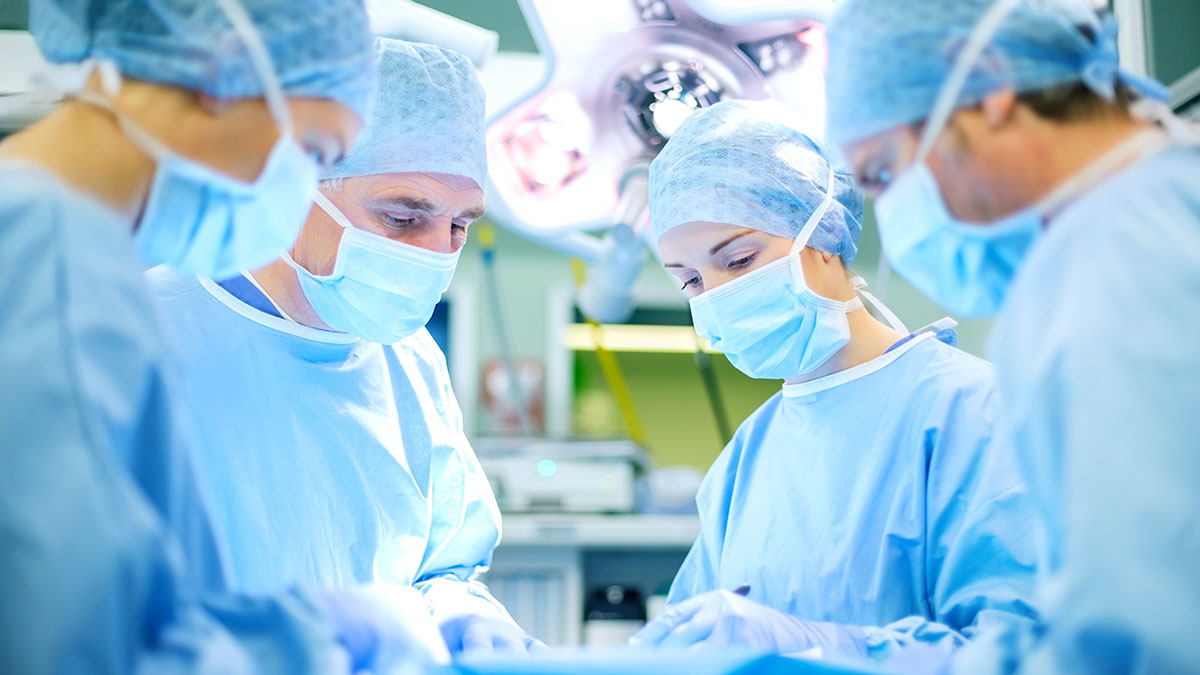
What is MH?
Malignant hyperthermia is a life-threatening reaction to anaesthetic drugs. The term “malignant” hyperthermia arises from the progressive nature of the condition and its ultimate end in death associated with a very high body temperature if the condition is not recognised and treated promptly.
Between 1: 3,000 and 1: 10,000 people carry the genetic risk of developing malignant hyperthermia during anaesthesia. Those at risk can receive anaesthetics safely as long as the inhalational anaesthetics and suxamethonium are avoided.
MH is a rare emergency situation that occurs in between 1:30,000 and 1:100,000 anaesthetics.
It is vital that operating theatre staff are able to understand the signs of MH and their role in treatment of a crisis. The earliest signs of a crisis are usually:
- an unexplained increase in heart rate;
- an unexplained increase in carbon dioxide production, manifest as an increased end-tidal CO2 or, in the spontaneously breathing patient, an increasing respiratory rate. Increased CO2 production may also be evident if the soda lime (or other CO2 adsorbent) becomes rapidly exhausted.
As the name of the condition implies a rise in temperature is also a feature but this may only become apparent after the onset of the increase in heart rate and increase in CO2 production.
When the anaesthetist decides that a patient should be treated for an MH reaction as many personnel as possible should be summoned to help with its management. A guideline for the management of an MH reaction or crisis should be available in every anaesthesia-giving location.